The sculpture maintains an exceptional polychromy in the face and dress finely decorated with "scratched" pure gold, a decorative technique called "Estofado de Oro".
The artistic context to which the sculpture belongs is that of the Italian sculptural workers in which conspicuous artistic trends of the Spanish tradition flowed following the conquest of the Duchy of Milan and the Kingdom of Naples during the 16th century.
Therefore there will be the reception and development of these techniques starting from the 16th century and throughout the 17th century, in all the areas of Spanish influence, in the Kingdom of Naples, in Sardinia, Sicily and in the Lombardy area, then Veneto, Piedmont and Liguria.
It is highly probable, given the sculptural quality and the very fine decoration which is preserved in an exceptional way, that it could be a work to be referred to the Bergamo carver Pietro Belverte (second half of the 15th century - 1512), who came to Naples to open workshop, in which the famous Neapolitan sculptor Giovanni Marigliano known as Giovanni da Nola (1488-1558) was trained. It is, in fact, possible to note stylistic affinities with the Neapolitan works of Belverte and the wooden works of Marigliano's youthful phase.
"Estofado de Oro" is composed in a particular decorative technique for the creation of sacred images on polychrome wood, in which the carved surface is covered with a layer of pure gold leaf on which is applied a layer of bowl of clay which it could have colors ranging from orangey red to dark brown. Subsequently, the gold leaf was then covered with color. The colors applied were different because the contrast with the gold had to be chromatically effective: green, blue, red, black and white. Subsequently, the color was exported by scraping with a special tool called a dandelion to free the parts where the gold had to resurface. Everything took on a bright and brilliant color.
Excellent state of conservation of the work. Its dimensions are 61 cm high and 62 wide (opening of the arms)
We attach to the sale a historical guarantee which certifies its age and authenticity.
Follow our web portal www.antichitabompadre.com to discover our propousals


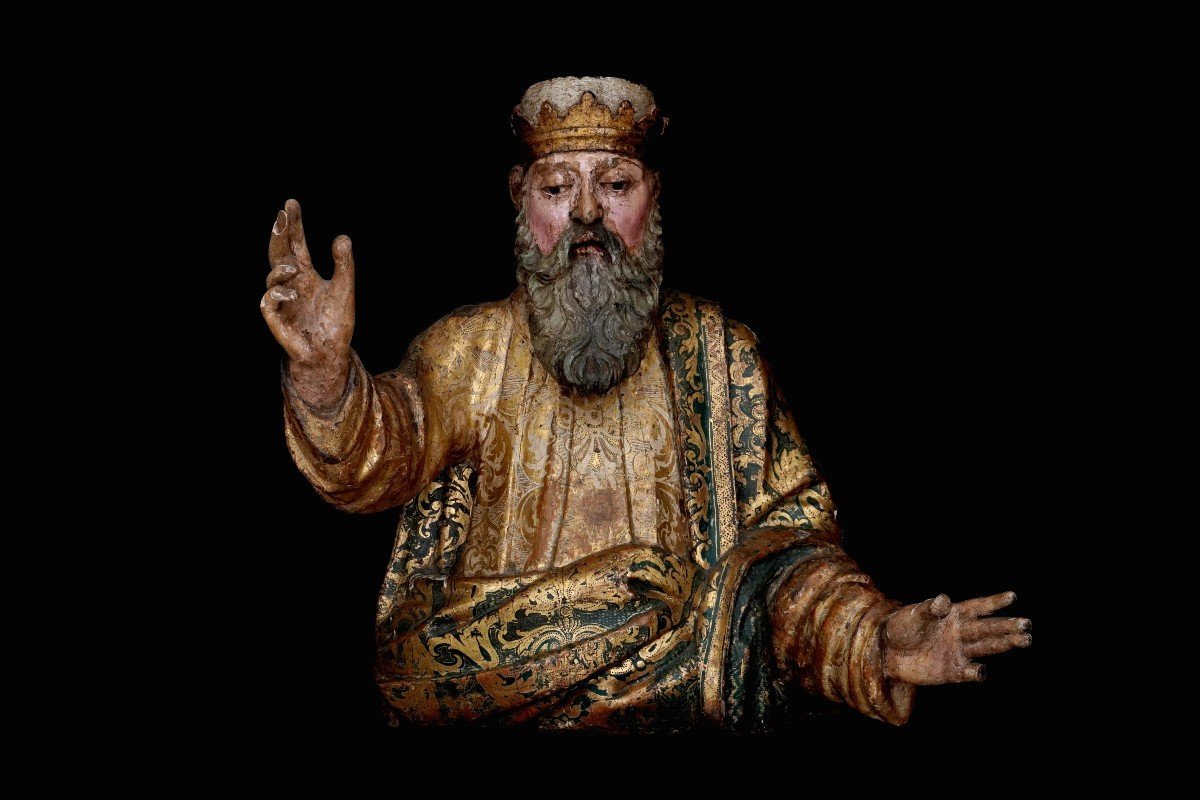


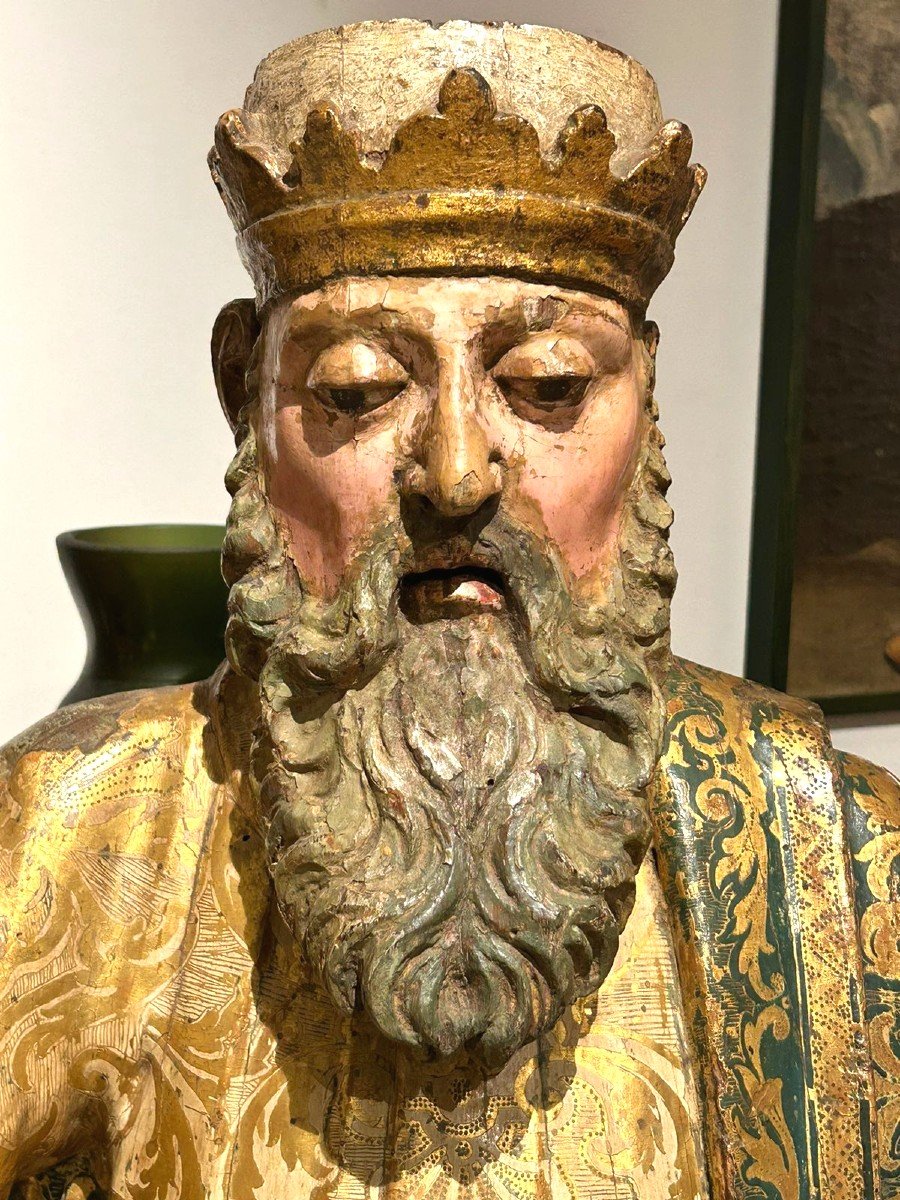
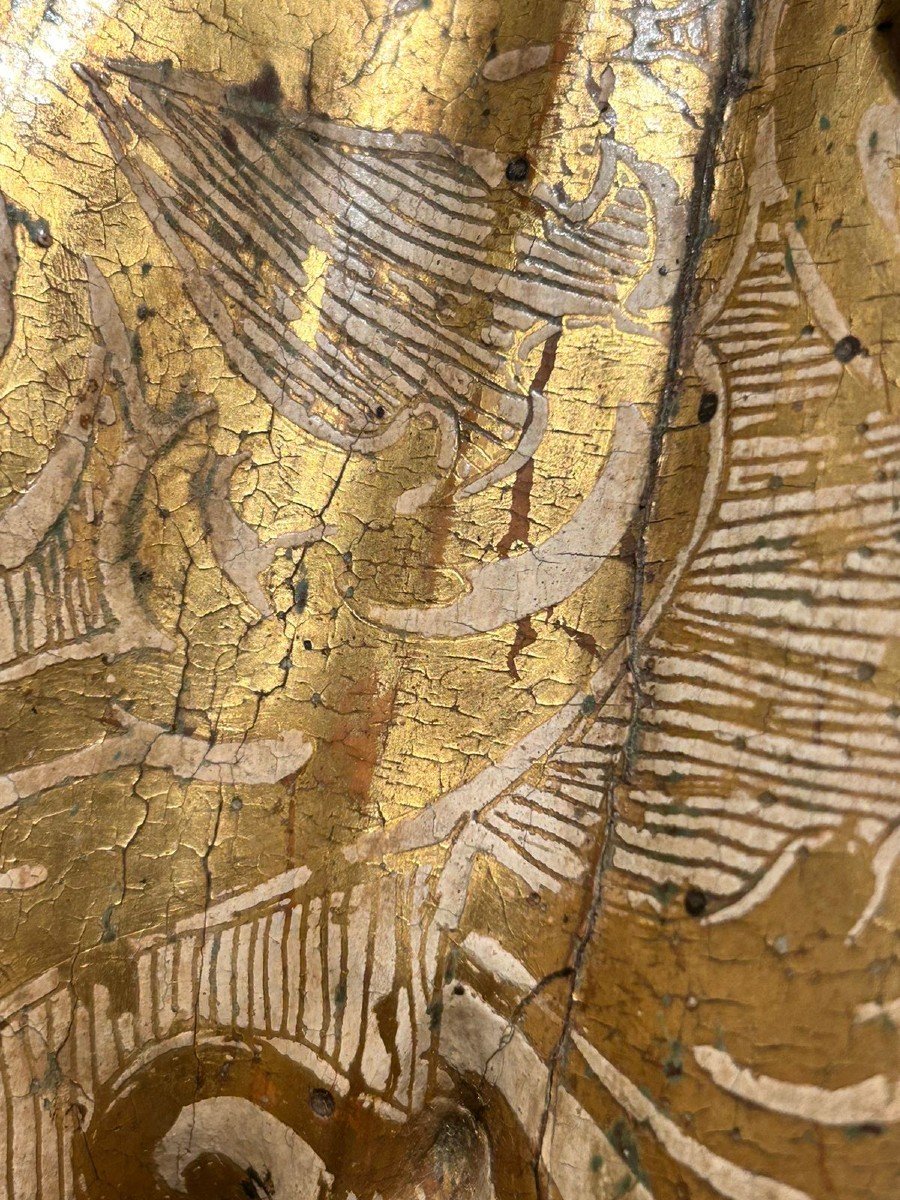

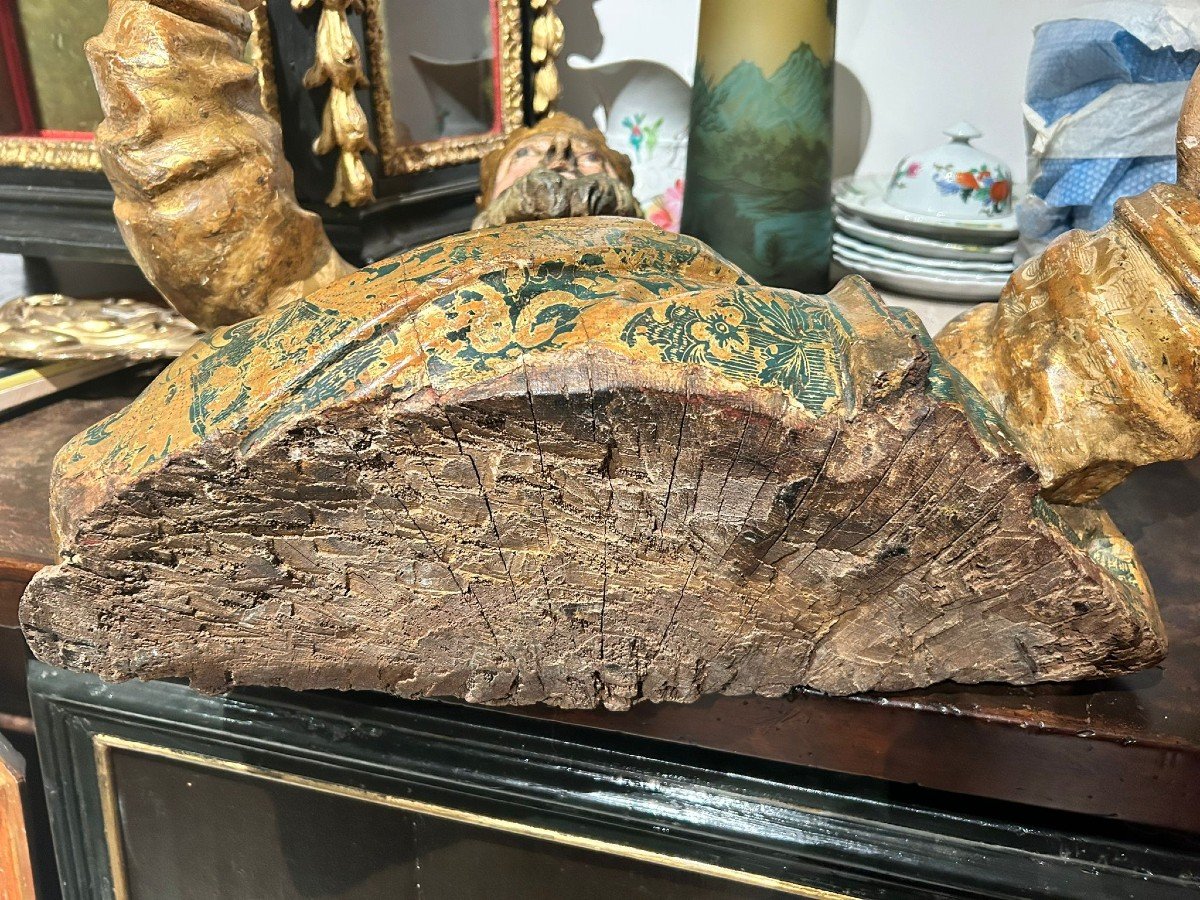

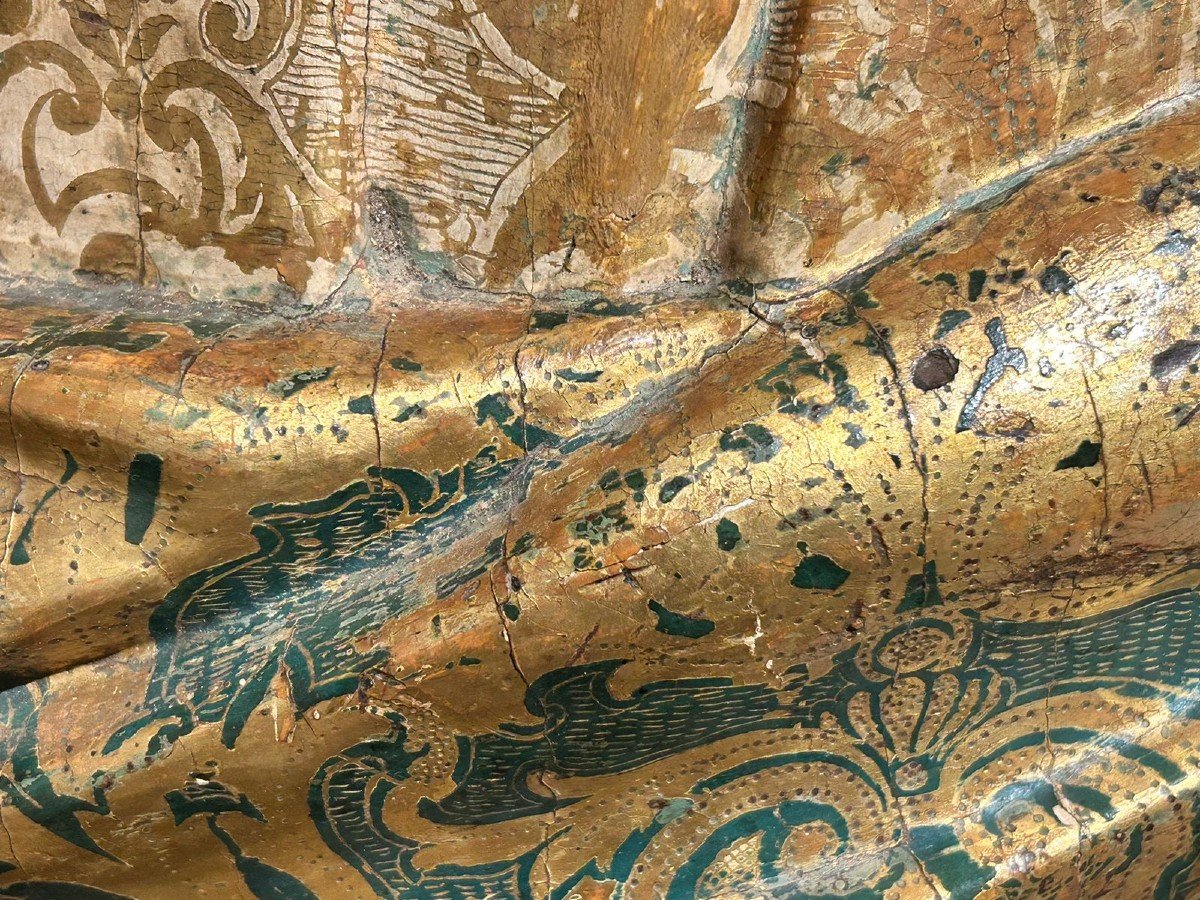
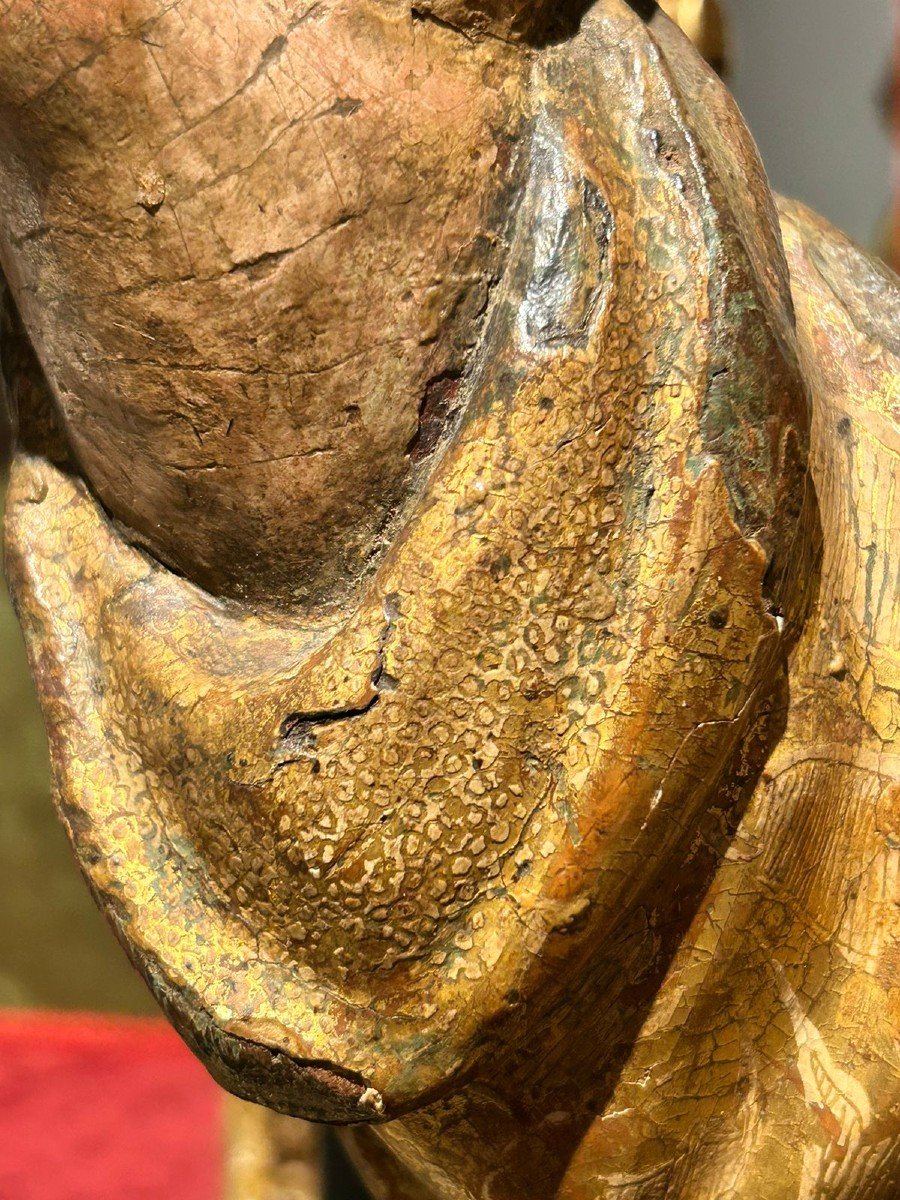















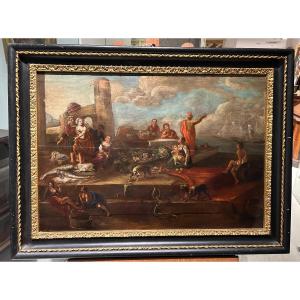

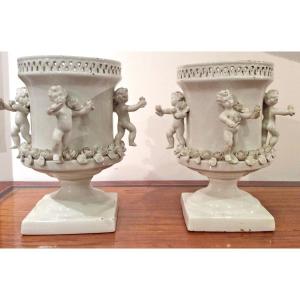





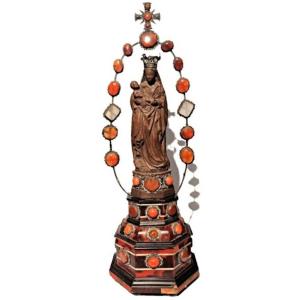

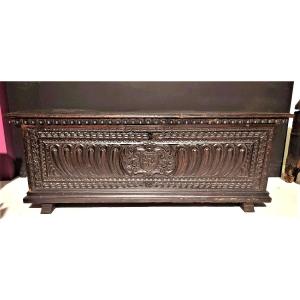

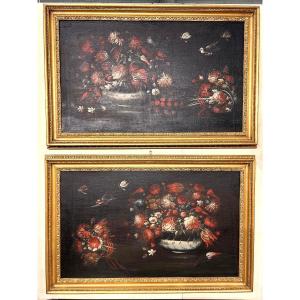


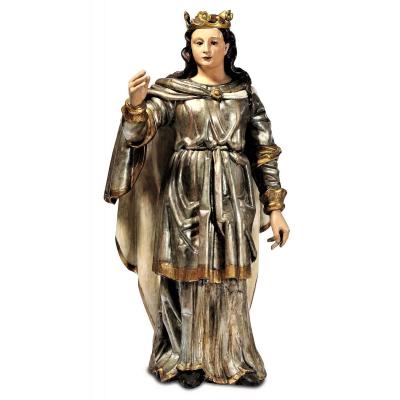
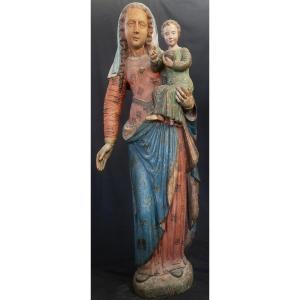
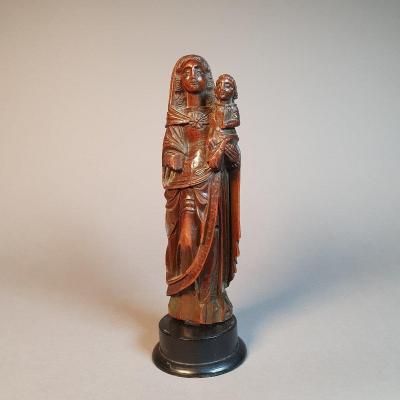
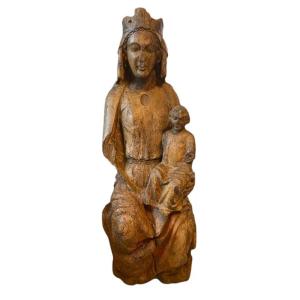




 Le Magazine de PROANTIC
Le Magazine de PROANTIC TRÉSORS Magazine
TRÉSORS Magazine Rivista Artiquariato
Rivista Artiquariato